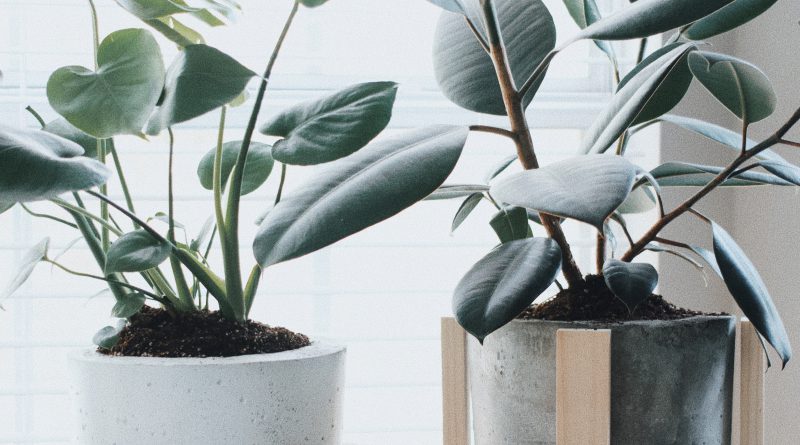6 Toxic Houseplants
Growing houseplants have become a popular trend mostly among the Millenials. Kudos to this generation, they invoking green spaces and inadvertently positively contributing to green cities.
There are numerous plant parenting groups on Facebook and hashtag movements on Instagram where people strive to show off their plant babies and green thumbs. Indoor plants are right up there with style and fashion.
Houseplants are no doubt a great source of therapy with many attesting to turning to plants for mental wellness.
Speaking of wellness it would be prudent to know the individual qualities of the houseplants as well as their toxicity qualities on both humans and pets if and as applicable. Most of the times the toxic effects will only be experienced if the plants are ingested and some cause skin irritation.
Forewarned is forearmed which means if you know the qualities of your houseplants, then you will take precautions and avoid accidents. Basically, I advise one to avoid them if they have children or pets (cats and dogs) many other fabulous houseplants are non-toxic.
Here are 7 common houseplants that have toxic properties:-
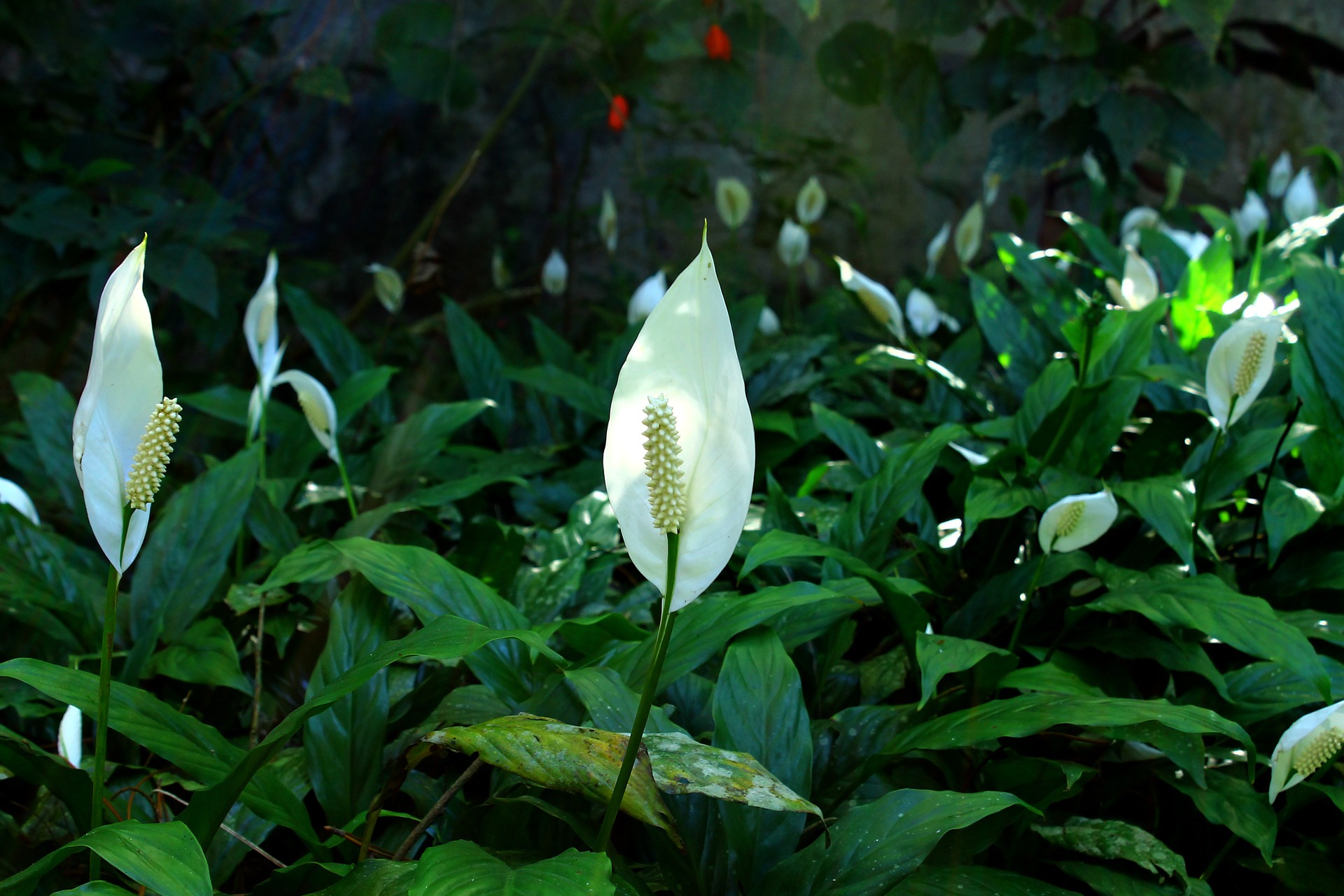
1. Peace Lily (Spathiphyllum spp)
A plant which traces its native roots to South America is a perennial green herb and a common plant in Kenya. The plant contains calcium oxalate crystals which can cause skin irritation, burning of the mouth, difficulty swallowing and nausea.
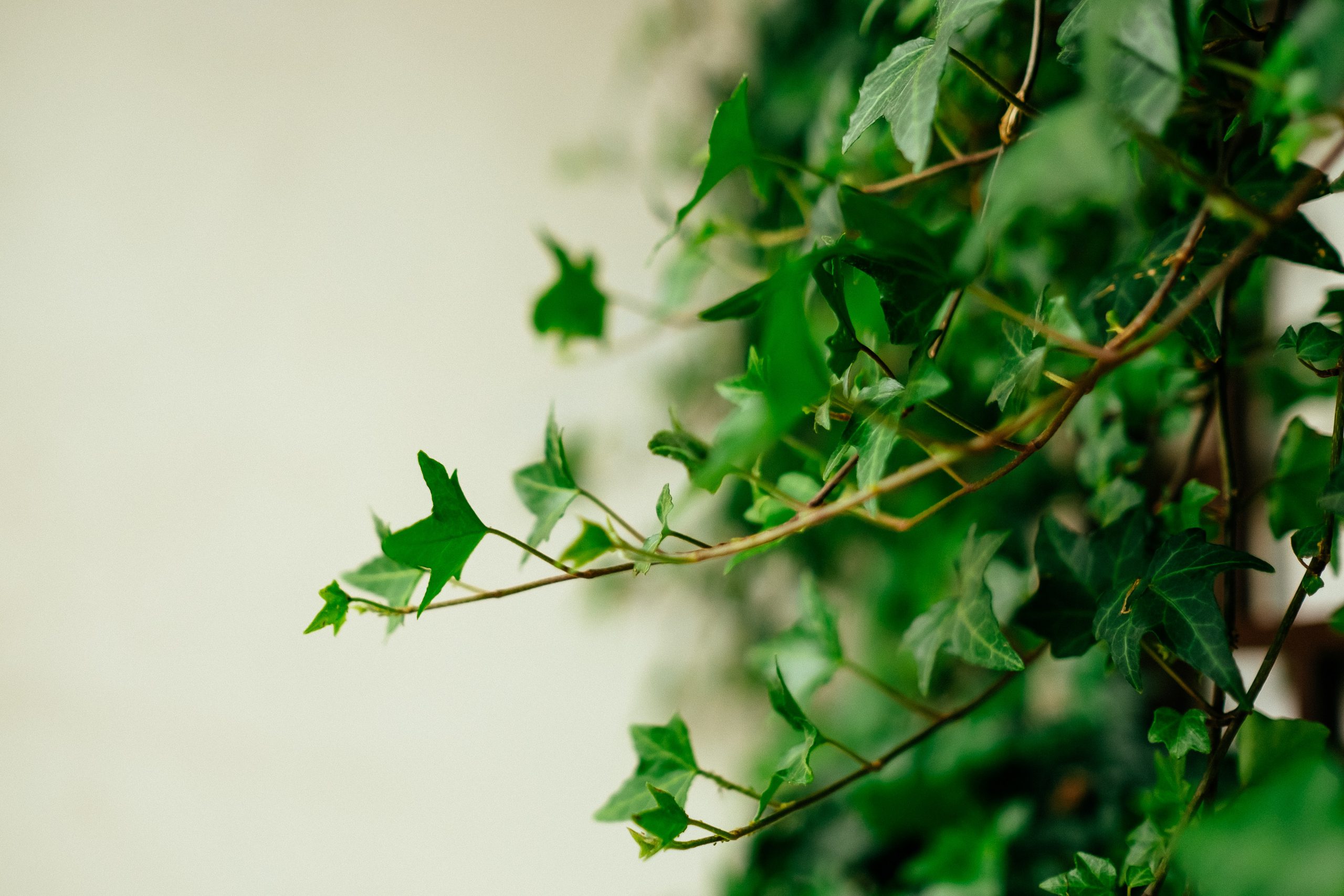
2. English Ivy (Hedera helix)
This European vine is considered an invasive species by Cabi (https://www.cabi.org/isc/datasheet/26694) which states "once established it spreads vegetatively on the forest floor and then climbs trees up to the canopy where it flowers and fruits freely. It reduces native plant diversity and associated fauna, threatens endangered species and alters nutrient dynamics of forest soils". It is a popular houseplant and makes for great hanging baskets. They produce bitter berries which if ingested could cause severe gastrointestinal problems including a possibility of respiratory problems and delirium. The leaves produce a sap that can cause skin irritation and blisters.
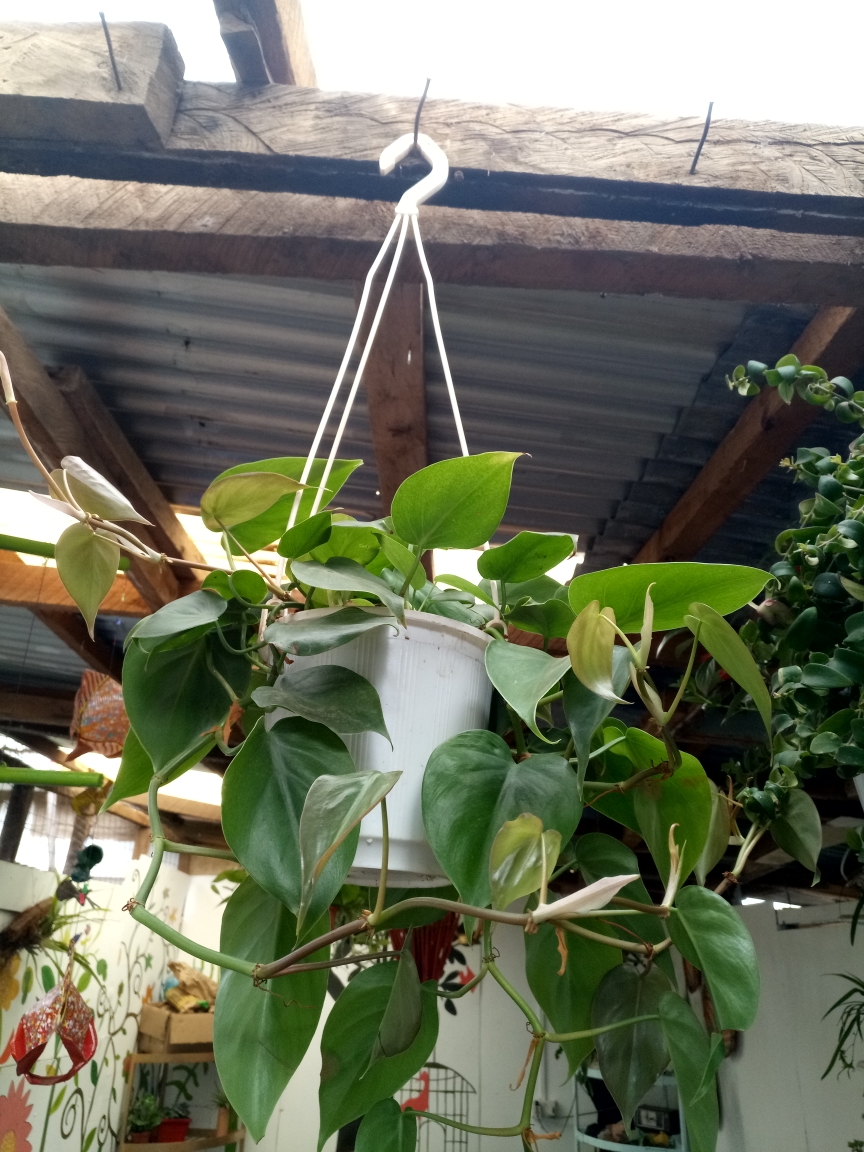
3. Philodendron (Philodendron spp)
Ironically referred to as sweetheart plant although it is a sweetheart in appearance and one of my favourite houseplants. If ingested it might cause mild burning in the mouth, severe abdominal pain and allergic reactions.
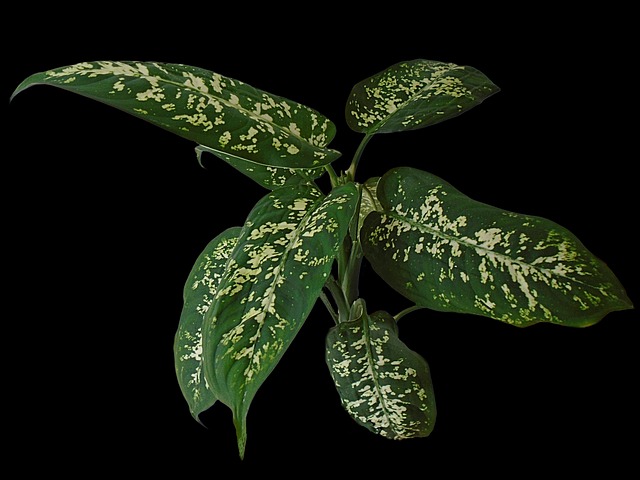
4. Dieffenbachia or Dumb Cane (Dieffenbachia spp)
This plant looks like its name. A.Dumb.Cane. Whoever gave it that name understood its toxic qualities and perhaps was sending a subtle message because it can temporarily inflame vocal cords, leaving you unable to speak.
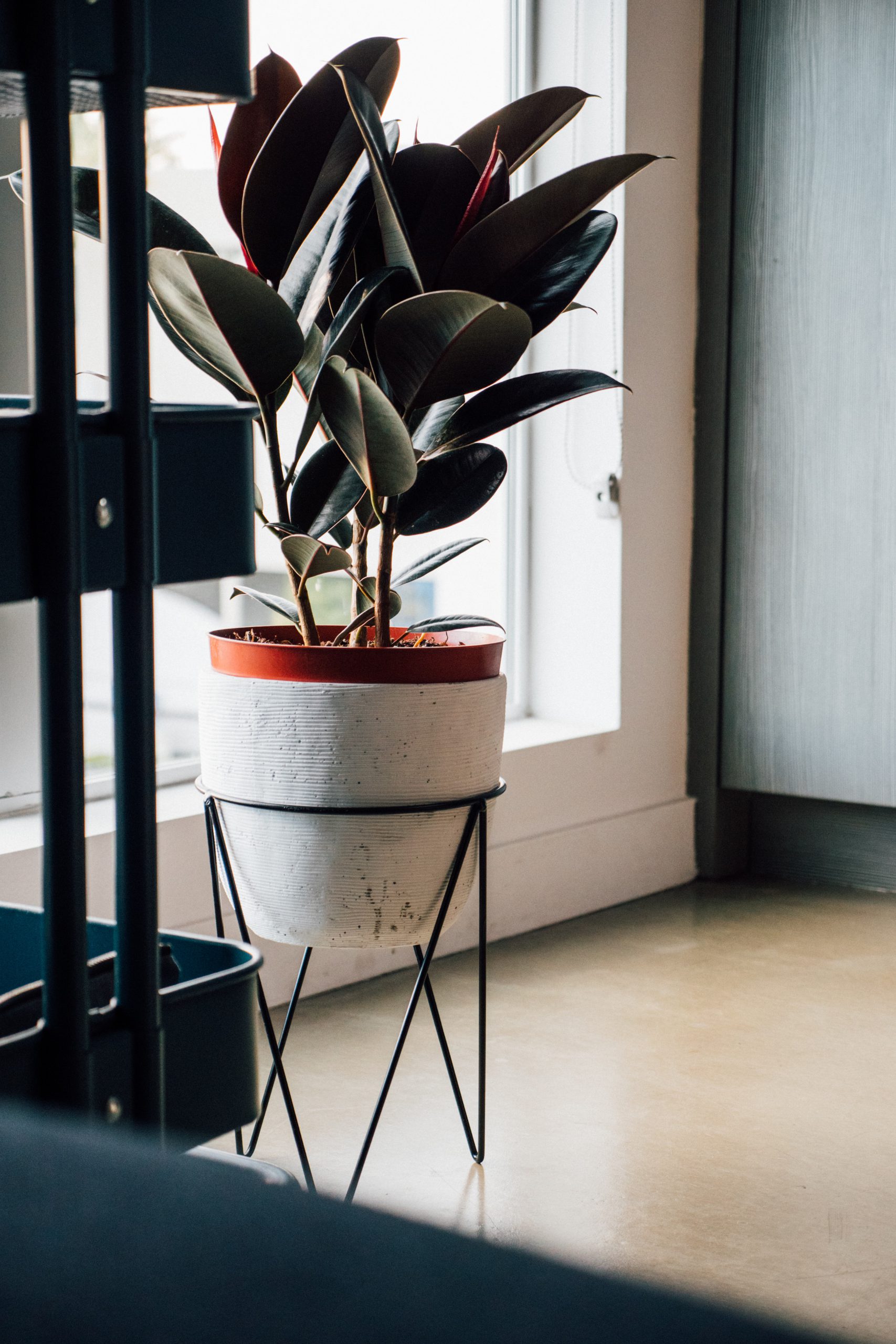
5. Rubber Tree (Ficus Elastica)
A popular ornamental tree and a member of the mulberry family. Toxicity is mild in that it can cause allergic reactions.
6. Pencil Cactus or African Milkbrush (Euphorbia tirucalli)
Native to Africa and America this is one very interesting plant. According to the Asian Pacific Journal of Tropical Biomedicine, (Asian Pacific Journal of Tropical Biomedicine Volume 7, Issue 7, July 2017, Pages 603-613) the plant has numerous medicinal uses. For instance "in India, it is useful in the treatment of biliousness, leprosy and leucorrhea. In Brazil, it is used against sarcomas, tumors and in East Africa, latex is used against tooth-ache, sexual impotence, haemorrhoids, epilepsy, snake bites and cough". The plant which is commonly used as a hedge in rural areas of East Africa, the milk latex can cause severe injuries to the eyes and the sap is poisonous if ingested. Quite frankly I would not recommend it as a houseplant because I find it brittle and may be easy to get in contact with the latex or the sap and touch your eyes. Leave it for scientists to develop medicines. Right?
As you can see the general common thread is the toxicity is activated when the plants or some parts are either ingested (eaten) or the sap, liquids come in contact with the skin (this can happen during pruning) or maintenance. This does not make them bad houseplants, only that you need to be careful when handling them (and all indoor plants). Always handle with gloves and do not touch your face or mouth during or after handling plants. Always make sure to wash your hands thoroughly with soap before and after handling plants. Use clean tools when handling plants too and clean them too before and after handling.
Keep them away from reach of children or pets.
Always Be Careful. A.B.C.

